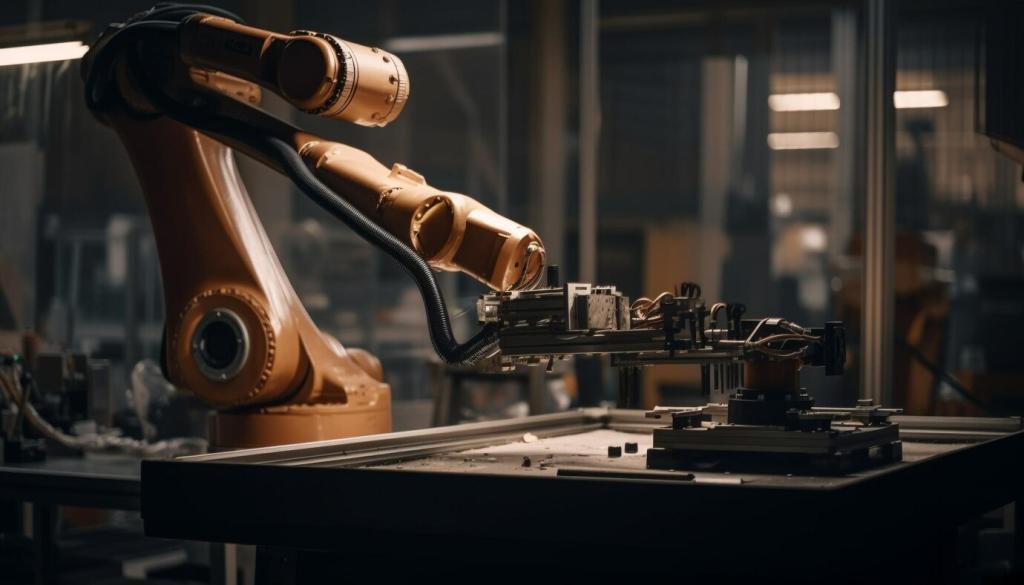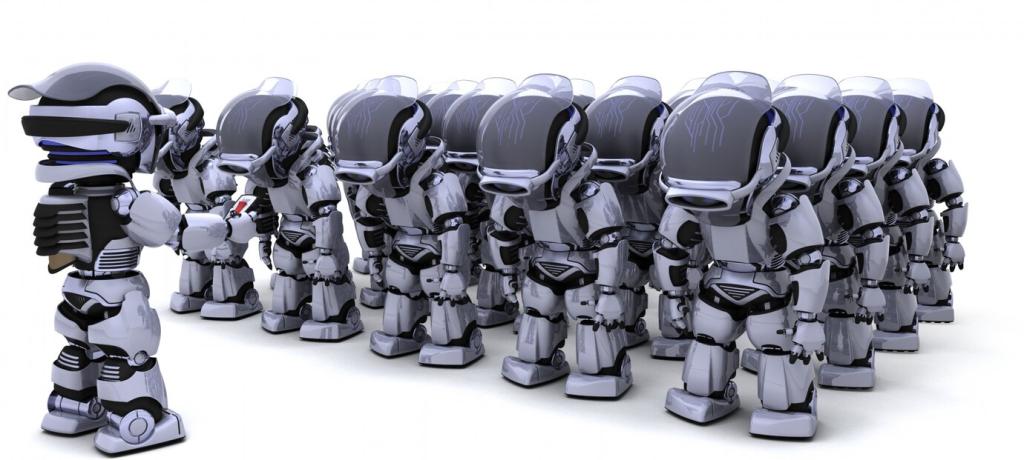This website uses cookies so that we can provide you with the best user experience possible. Cookie information is stored in your browser and performs functions such as recognising you when you return to our website and helping our team to understand which sections of the website you find most interesting and useful.

Sustainability in Future Smart Homes
Sustainability has emerged as a cornerstone in the design and evolution of smart homes. These futuristic living spaces intertwine cutting-edge technology with environmentally conscious practices, redefining daily life. The core objective is to meet modern needs while minimizing environmental impact, maximizing resource efficiency, and ensuring future generations can thrive. As smart homes become more prevalent, sustainability is no longer a luxury but a necessity, guiding innovation and lifestyle changes for a healthier planet. This page explores how sustainable principles are being woven into the fabric of tomorrow’s homes through advanced design, intelligent energy usage, integration with renewable resources, and the central role of occupant well-being.
Intelligent Energy Management


